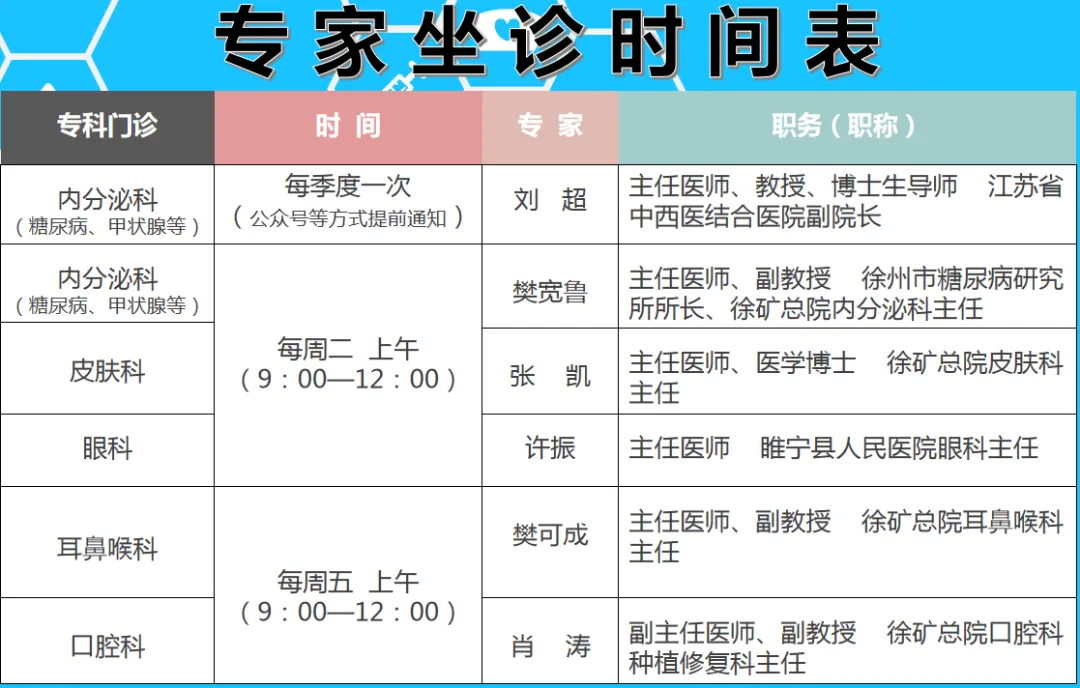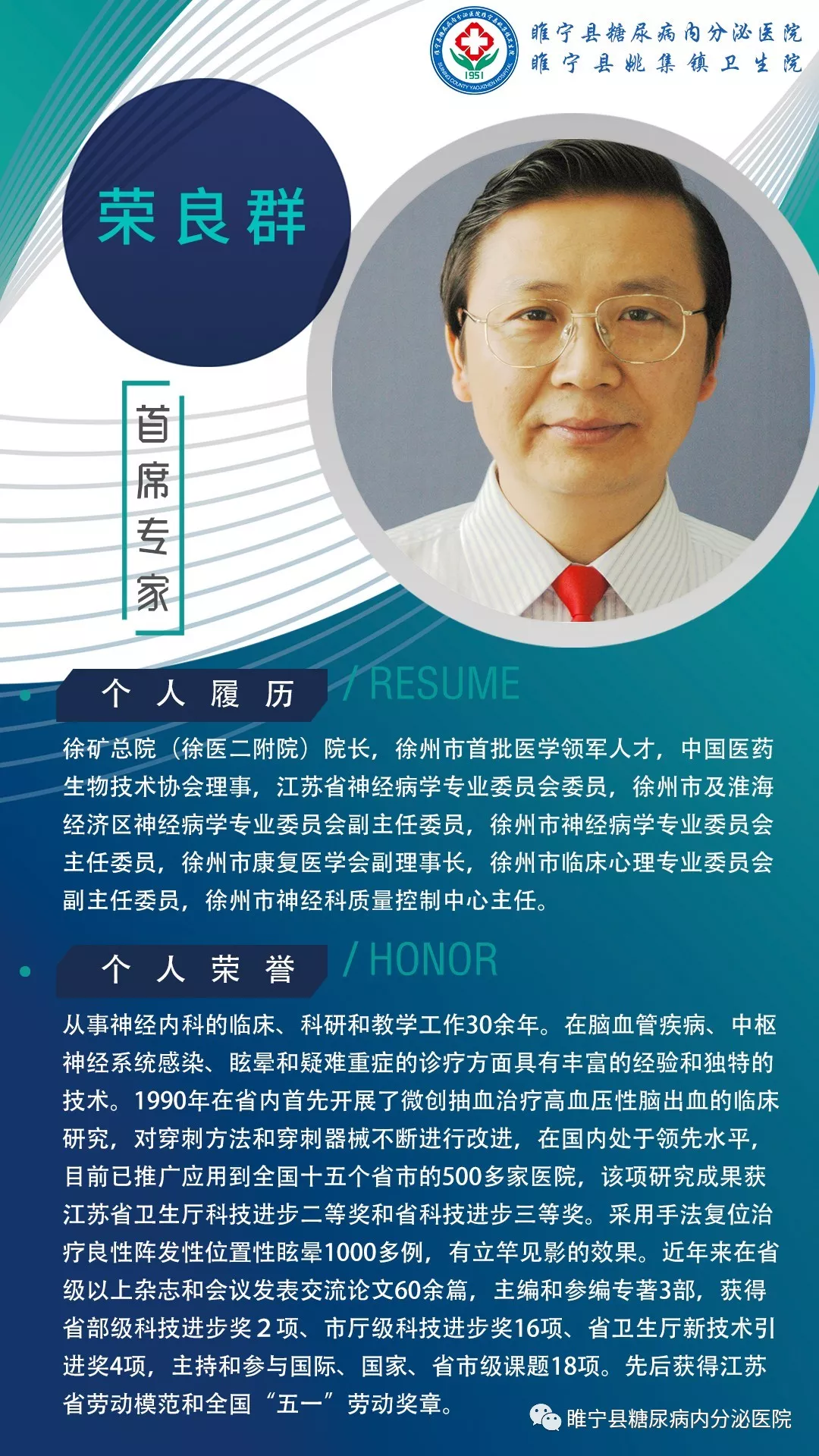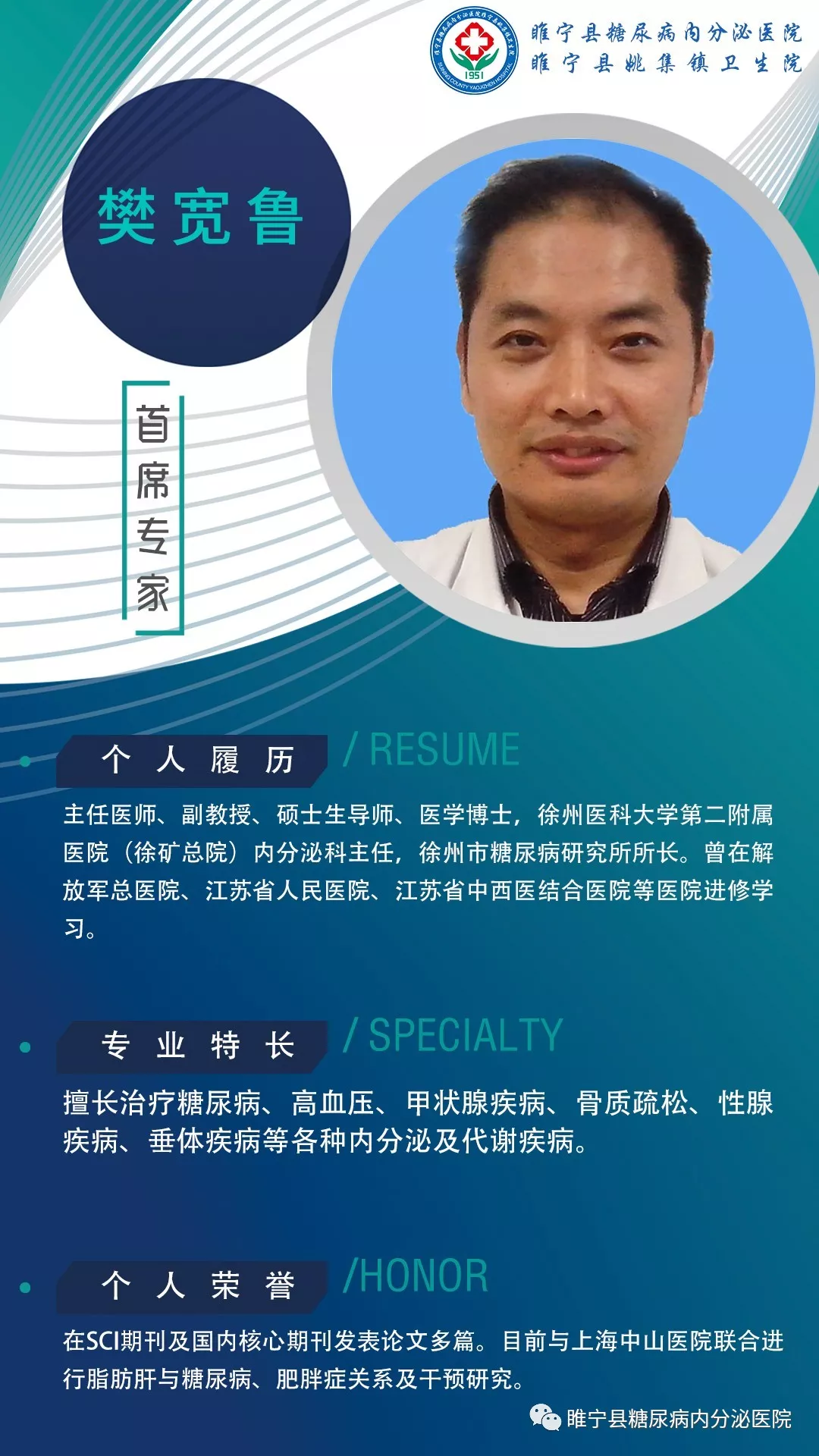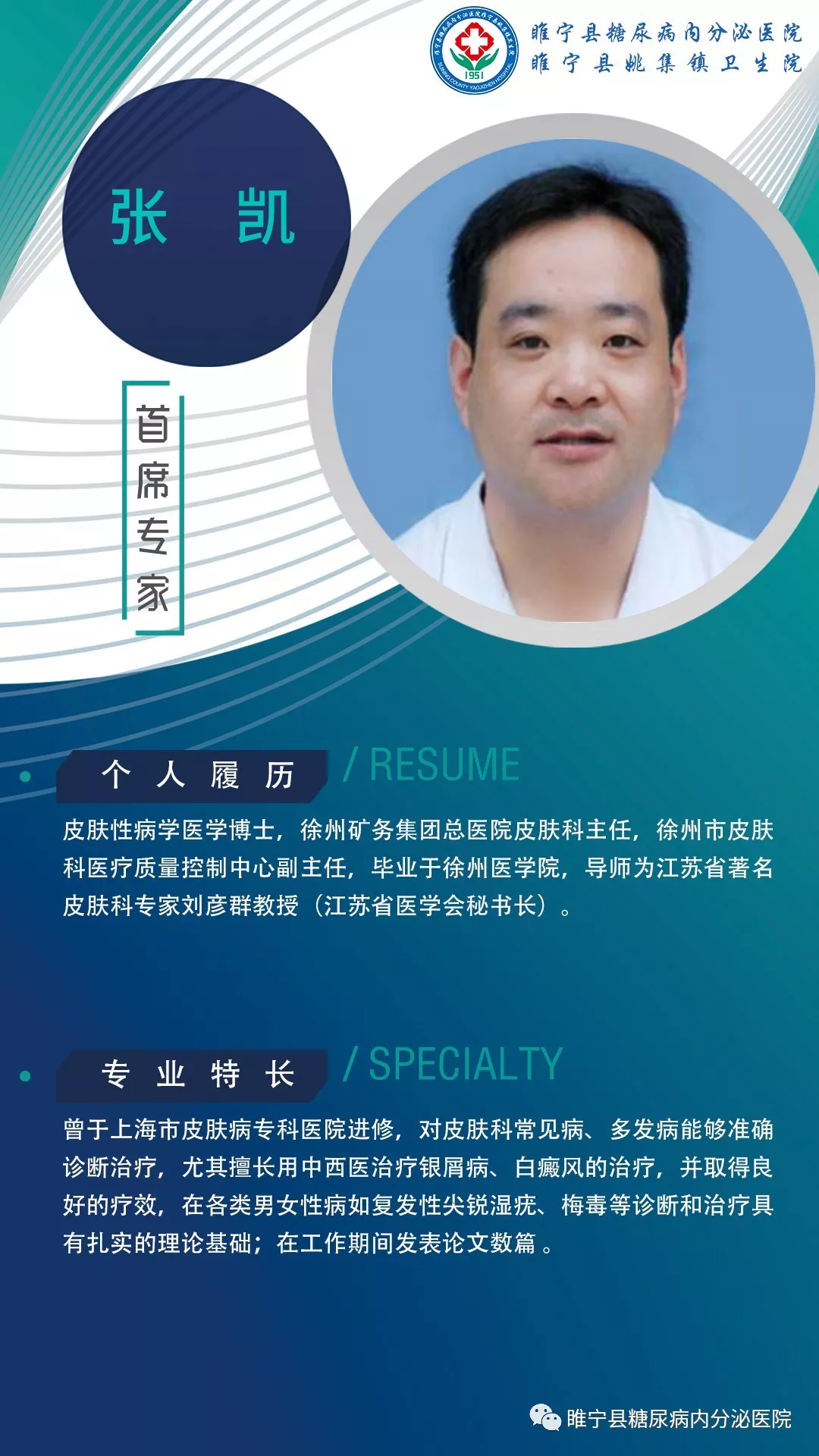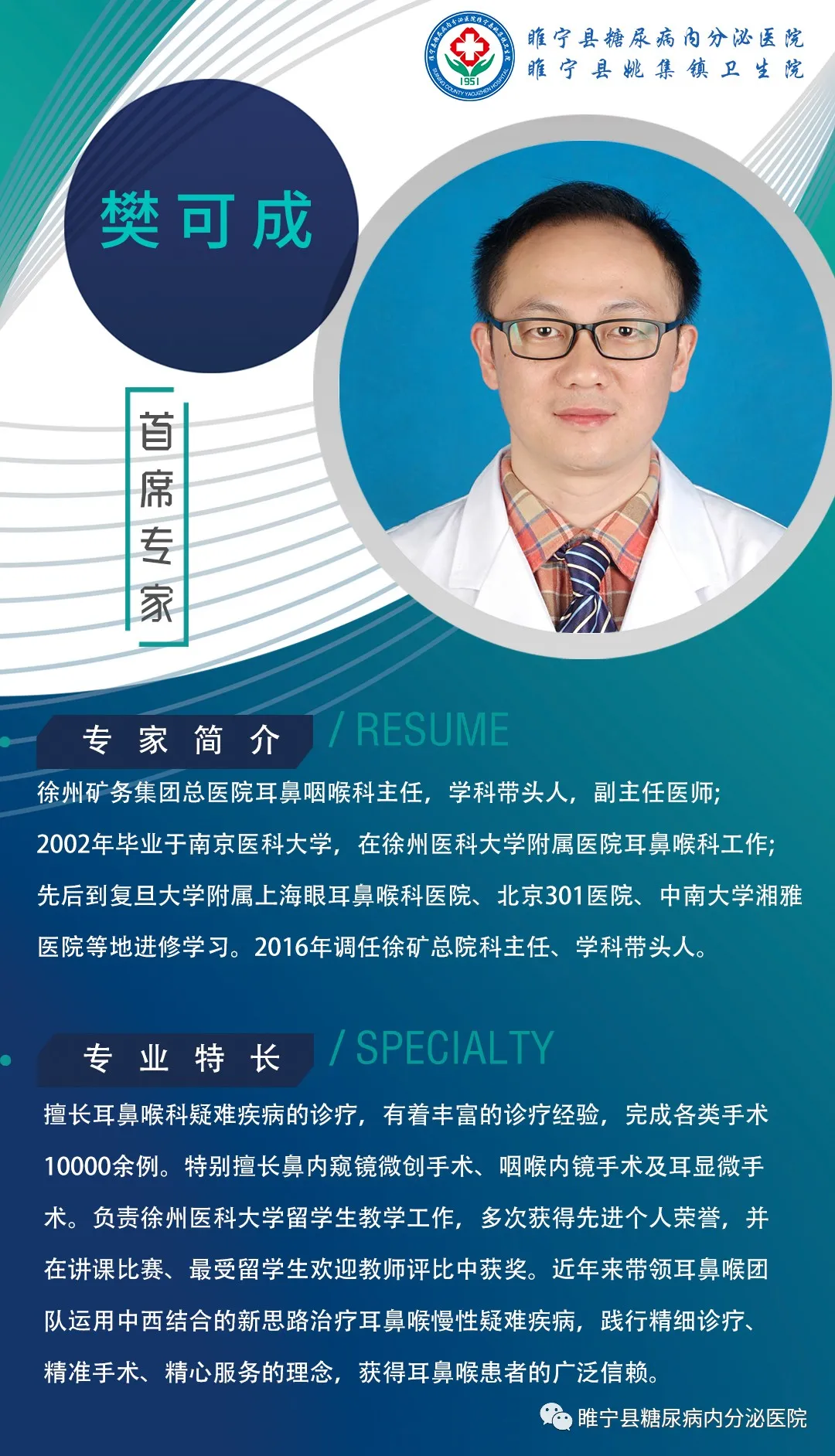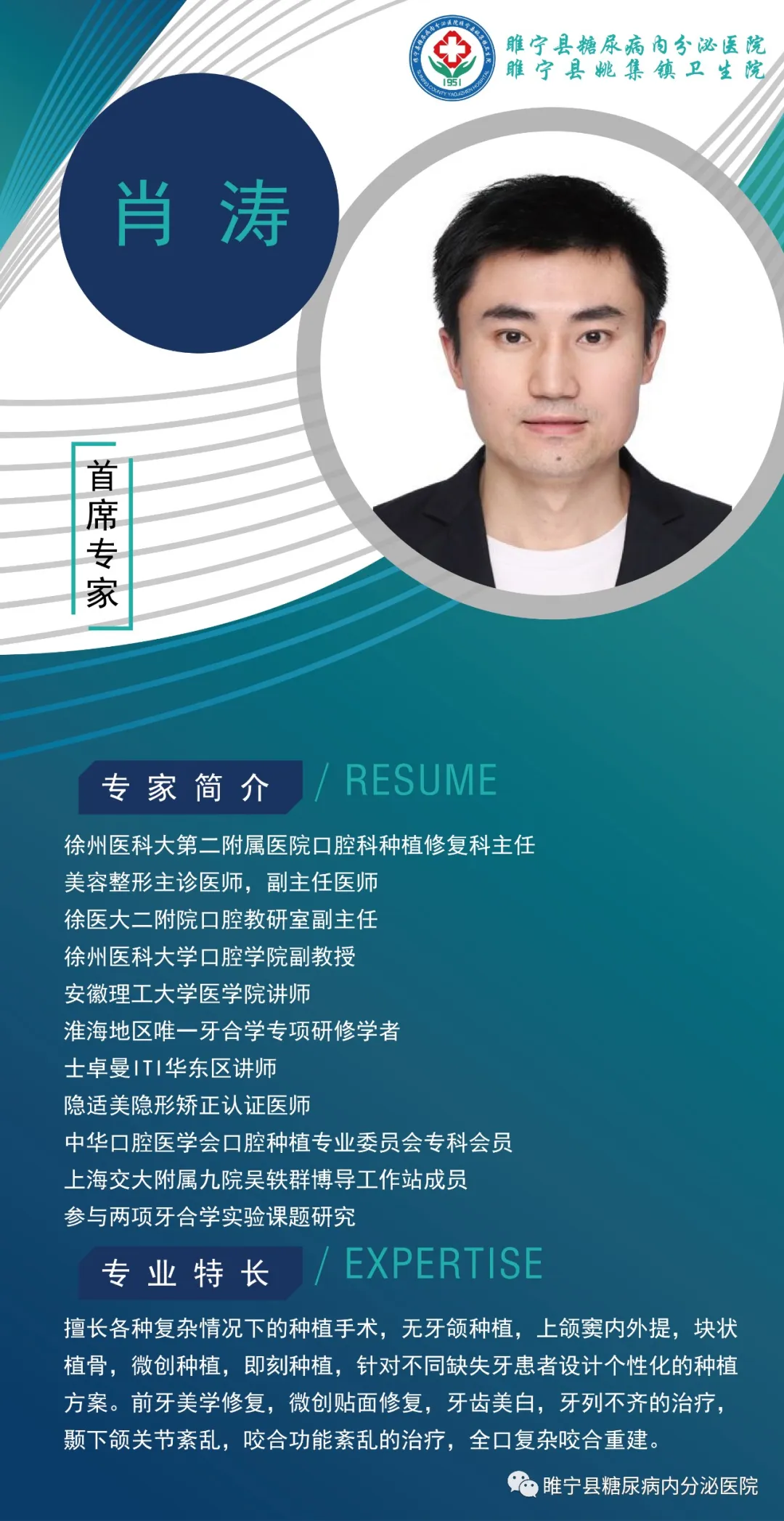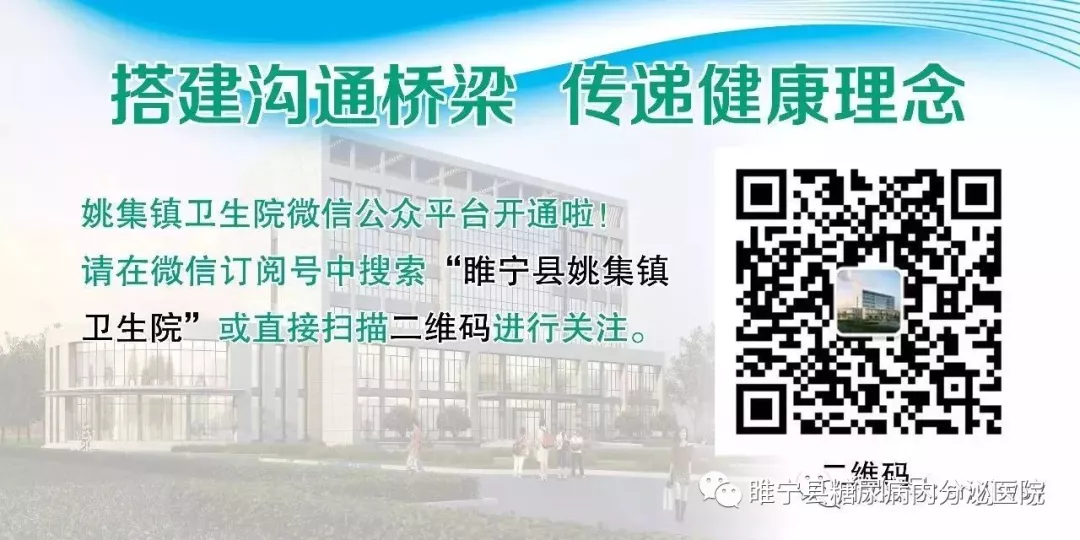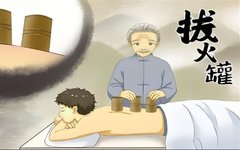Cupping therapy is a traditional technique in Traditional Chinese Medicine (TCM), first recorded in the “Fifty-Two Diseases” (五十二病方). The therapeutic effect of cupping is based on negative pressure and warmth. Many people enjoy cupping therapy and wish to use it for any ailment, which is actually a misconception. Let’s take a look at the six common misconceptions about cupping therapy:

Misconception 1: Cupping is suitable for everyone
 Not everyone can undergo cupping therapy. Cupping can be quite depleting, and individuals with a very weak constitution may feel even weaker after the treatment. Elderly patients with heart disease should be particularly cautious. During cupping, the skin tightens under negative pressure, which can be a painful stimulus for the body; this may trigger heart disease in such patients.
Not everyone can undergo cupping therapy. Cupping can be quite depleting, and individuals with a very weak constitution may feel even weaker after the treatment. Elderly patients with heart disease should be particularly cautious. During cupping, the skin tightens under negative pressure, which can be a painful stimulus for the body; this may trigger heart disease in such patients.
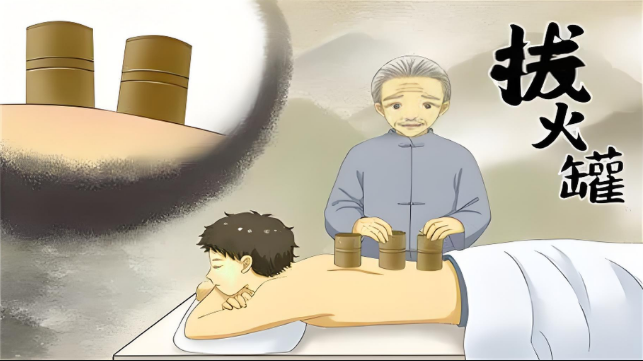

Misconception 2: You can take a shower right after cupping
 Many people like to take a shower after cupping, thinking it feels comfortable; however, this is incorrect. After cupping, the skin may have bruising, and the pores are open, making it easy to catch a chill, especially with cold water. The correct time to shower is 1-2 hours after cupping, and the water temperature should be slightly warmer.
Many people like to take a shower after cupping, thinking it feels comfortable; however, this is incorrect. After cupping, the skin may have bruising, and the pores are open, making it easy to catch a chill, especially with cold water. The correct time to shower is 1-2 hours after cupping, and the water temperature should be slightly warmer.
Misconception 3: Cupping can be done on any part of the body
 Many believe that cupping can be applied wherever there is discomfort, which is incorrect. Cupping should not be performed over the apex of the heart or on areas with skin burns, ulcers, infections, or tumors. Pregnant women should avoid cupping on the lumbar and abdominal areas, as it may lead to miscarriage.
Many believe that cupping can be applied wherever there is discomfort, which is incorrect. Cupping should not be performed over the apex of the heart or on areas with skin burns, ulcers, infections, or tumors. Pregnant women should avoid cupping on the lumbar and abdominal areas, as it may lead to miscarriage.
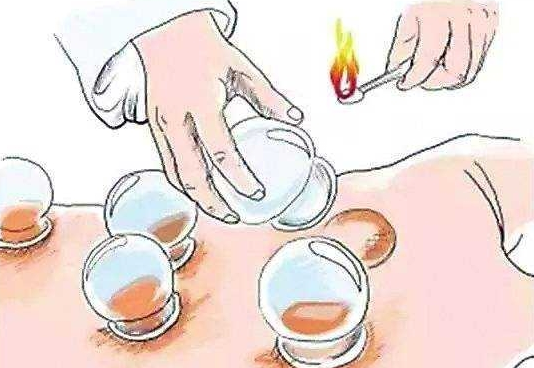

Misconception 4: The longer the cupping session, the better
 Many believe that the longer the cupping session, the better the effect, even thinking that the appearance of blisters indicates effective cupping. This is also incorrect. If cupping is left on for too long, blisters may form, which can damage the skin and lead to infections. Generally, in clinical practice, cupping is typically left on for about 10-15 minutes, while 20-30 minutes may be used if blistering is desired. If blisters form, small ones can be left to absorb naturally; larger blisters may need to be punctured by a needle to drain the fluid, followed by applying burn ointment and covering with a sterile dressing to prevent infection.
Many believe that the longer the cupping session, the better the effect, even thinking that the appearance of blisters indicates effective cupping. This is also incorrect. If cupping is left on for too long, blisters may form, which can damage the skin and lead to infections. Generally, in clinical practice, cupping is typically left on for about 10-15 minutes, while 20-30 minutes may be used if blistering is desired. If blisters form, small ones can be left to absorb naturally; larger blisters may need to be punctured by a needle to drain the fluid, followed by applying burn ointment and covering with a sterile dressing to prevent infection.
Misconception 5: Repeated cupping on the same spot is effective
 Some believe that repeatedly cupping the same area will yield better results. However, this can damage the skin, causing redness, swelling, and even infections, which is counterproductive.
Some believe that repeatedly cupping the same area will yield better results. However, this can damage the skin, causing redness, swelling, and even infections, which is counterproductive.
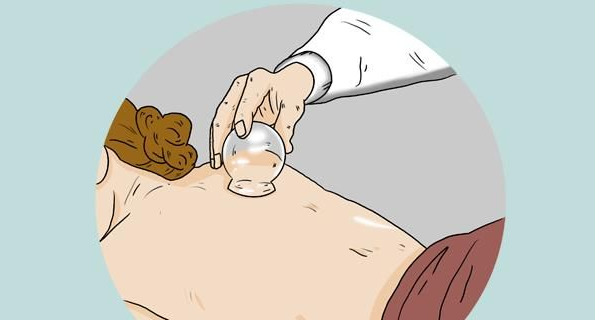

Misconception 6: Cupping can cure all diseases
 According to the “Textbook of Acupuncture” (人民卫生出版社, 2nd edition, May 2014), cupping is suitable for conditions such as low back pain, neck and shoulder pain, wind-cold-damp bi syndrome, soft tissue sprains, asthma, cough, post-stroke sequelae, herpes zoster, colds, and limb pain and numbness, among others. It can also be used for disease prevention and fatigue relief. While cupping has a wide range of applications, claiming it can cure all diseases is certainly an exaggeration. For pain-related conditions, it is essential to first identify the underlying cause of the pain. If the pain is due to chronic illness or muscle tension, such as lumbar muscle strain, cupping may not be effective. It is important to note that individuals with spontaneous bleeding tendencies, high fever, or convulsions should avoid cupping. Such patients should seek medical attention promptly to avoid worsening their condition.
According to the “Textbook of Acupuncture” (人民卫生出版社, 2nd edition, May 2014), cupping is suitable for conditions such as low back pain, neck and shoulder pain, wind-cold-damp bi syndrome, soft tissue sprains, asthma, cough, post-stroke sequelae, herpes zoster, colds, and limb pain and numbness, among others. It can also be used for disease prevention and fatigue relief. While cupping has a wide range of applications, claiming it can cure all diseases is certainly an exaggeration. For pain-related conditions, it is essential to first identify the underlying cause of the pain. If the pain is due to chronic illness or muscle tension, such as lumbar muscle strain, cupping may not be effective. It is important to note that individuals with spontaneous bleeding tendencies, high fever, or convulsions should avoid cupping. Such patients should seek medical attention promptly to avoid worsening their condition.
– END –
Source: Official account of China Traditional Chinese Medicine News
Editor and Reviewer: Chen Yin
※ Images sourced from the internet; please contact for removal if there is any infringement※
